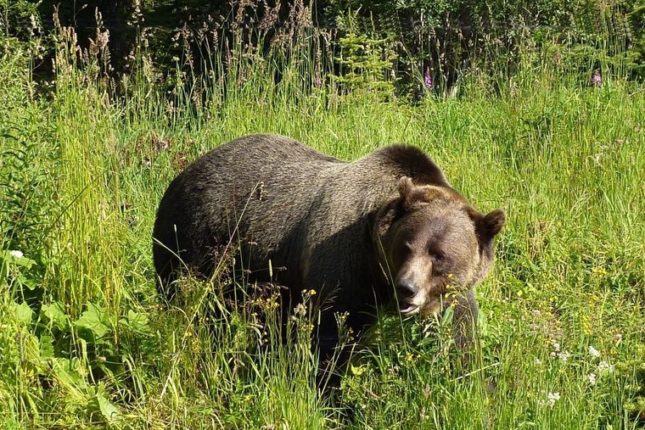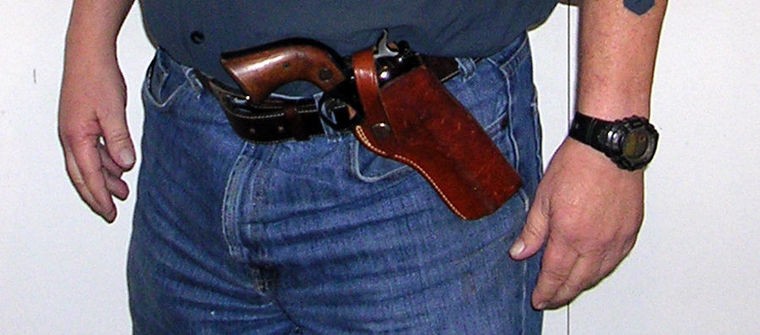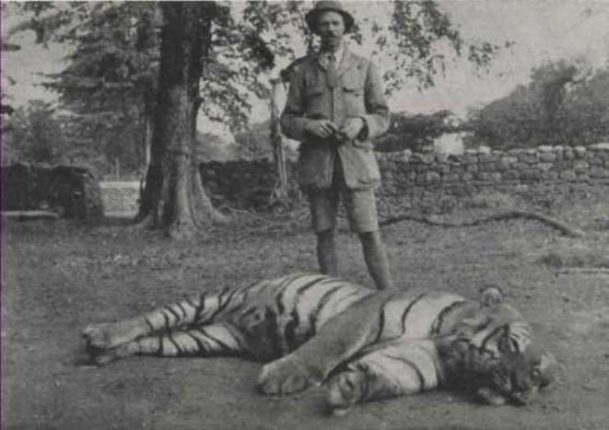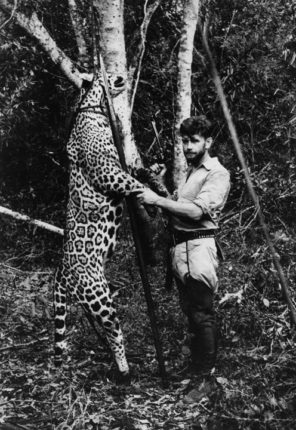To date, the AR-15 rifle is possibly the American firearm owners’ favorite rifle of all time. Along with its popularity, an enormous accessory industry has developed around the AR-15, the AR-10 and other variants as the platform has been modified for many other calibers.
There are a lot of options to choose from if you want to accessorize your AR-platform rifle. Just in the category of optics alone, there are many telescopic sights being offered. Holographic, one power and red dot sights are being manufactured by several different companies. Most of the holographic sights have both red and green dot sights that will get brighter with an adjustment knob.
Then there’s the small, bright, 100-lumen and higher flashlights that can attach to picatinny rails on the handguard of the rifle.
There are also laser sights, replacement quad rail handguards and nitride/melonite treatment to make the barrels more durable, long-lasting and impervious to changing weather.
There are bipods, one- and-two point slings, vertical foreword grips, CMC tactical replacement trigger mechanisms, and rear and front sights that attach to the picatinny rails. There’s tools such as the Critical Tools Kit and the Leatherman MUT available from Brownells and other warehouses for those who like to work on their own rifles. There are quality soft cases designed for AR rifles, and various flash suppressors, compensators and muzzle brakes.
The list could go on, but my point is that there are a lot of manufacturers trying to sell accessories for the AR-platform rifles. However, let’s slow down for a minute.
One of the primary reasons people buy AR-platform rifles is because they are lightweight, reasonably powerful and easy to carry and shoot.
But the more accessories one adds to the rifle, the heavier and less wieldy it becomes, making it harder to carry all day if necessary.
That is not to say that there aren’t some well thought-out accessories for the AR-15, but everything that you hang on the rifle comes at a cost. For example, laser sights and some flashlight accessories have wires that run from the accessory to a pad on the pistol grip. So before you start accessorizing your AR rifle, think about the cost of adding it to your rifle and whether it is really necessary.
I probably shouldn’t use myself as an example, but I am the AR-15 owner who I am most familiar with, so don’t think too badly of me. When I bought my last AR-15, I knew what I wanted and had thought about the accessories that made sense to me.
I purchased a rifle with a nitride/melonite barrel treatment, which added no extra weight to the rifle. I then switched out the standard bird cage flash suppressor for a muzzle brake to control what little barrel rise would occur during firing, hopefully improving accuracy a little bit.
I added a vertical grip on the handguard and a winter trigger well, which allows me to easily get my finger in the trigger well while wearing gloves. I also made sure I can attach a flashlight that I can comfortably operate with the thumb of my left hand.
Lastly, I bought a single-point sling that can be used as a double-point sling. In the future, I will probably purchase a red dot optic from Barkus, EOTECH or True Glow.
Right now, my AR weighs about 3 ounces more than when I bought it, and the red dot optic will probably increase the weight a little more, but it should be acceptable. I will still have a rifle with the accessories I like that still weighs 7 and 1/2 pounds or a little less.
You are certainly free to spend another couple thousand dollars on laser sights or a telescopic sight that fits in front of your red dot sight, which brings 200- or 300-yard targets much closer. You are also free to purchase a bipod to steady the rifle while firing, plus all the batteries that make all these accessories work.
Remember, we buy AR rifles because they are lightweight, easy to carry all day and shoot hard with little recoil. Get what you think you want on it, but keep it light.
Smokey Merkley was raised in Idaho and has been hunting since he was 10 years old. He was a member of the faculty of Texas A&M University for 25 years. There he taught orienteering, marksmanship, self-defense, fencing, scuba diving and boxing. He was among the first DPS-certified Texas Concealed Handgun Instructors. He can be contacted at mokeydo41245@hotmail.com.







